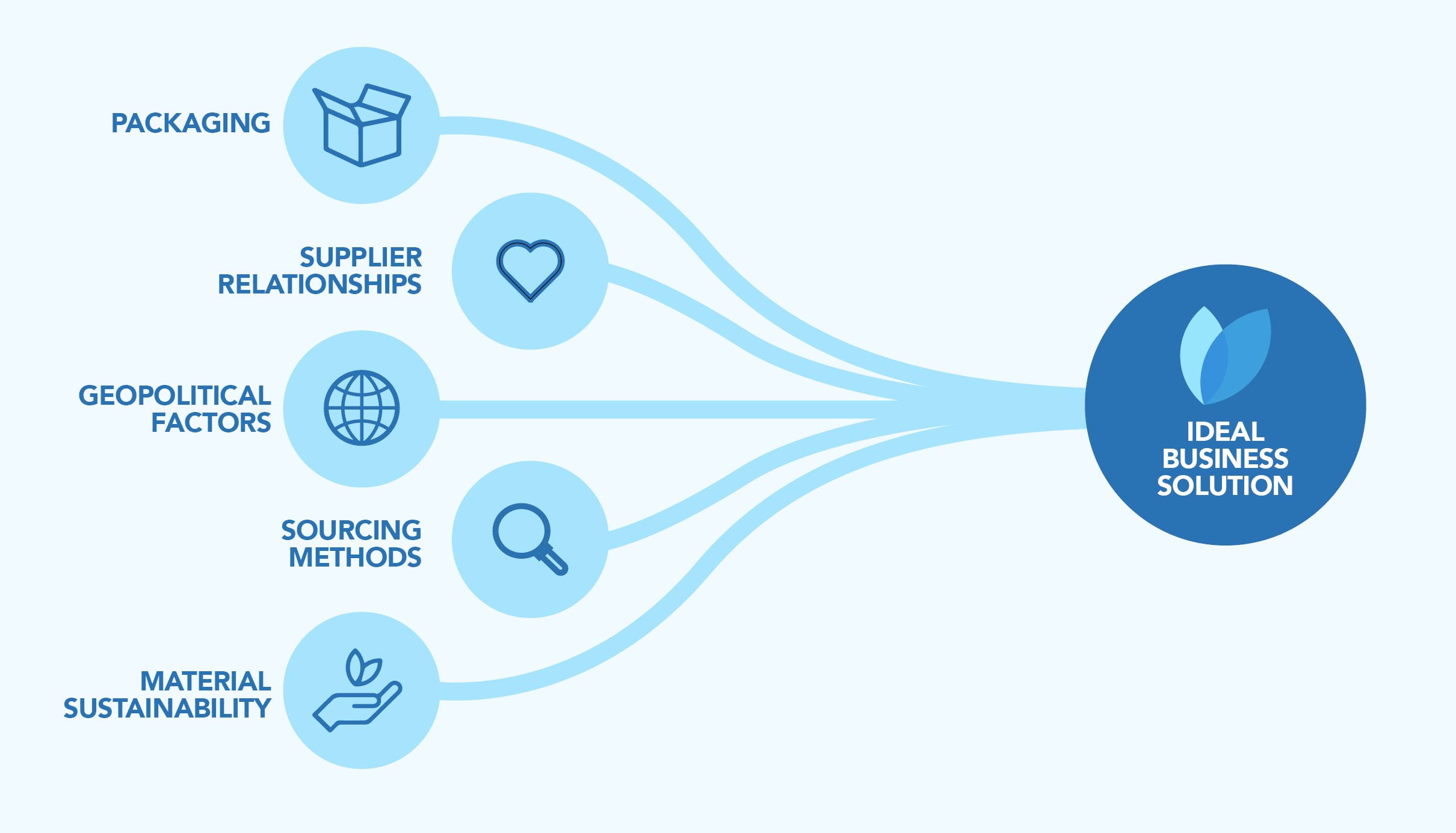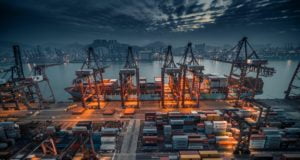INSIGHTS & INDUSTRIES / WHITE PAPERS:
There is an expectation that organisations incorporate environmental, social and governance (ESG) aspects into their decision-making, and tangibly demonstrate their commitment to those principles.
The transition to net zero is inevitable, it will happen. It’s up to the private sector and policy makers to determine how fast we will get there and how their business activities impact the world.
However, the absence of standardised rules and consistent approaches, combined with a fast-evolving regulatory environment, poses significant challenges to businesses seeking to meet stakeholder ESG expectations.
So, too, does the rate of global market inflation. In Australia, the inflation rate rose to 7.3% in the September quarter, overtaking the ABS’ June quarter figure of 6.1% as the highest inflation rate since 1990. Inflation is expected to peak at approximately 8% by the end of the 2022 calendar year.
The sharp rise in inflation is the result of a confluence of factors, including post-pandemic demand levels, Russia’s invasion of Ukraine which stymied grain exports, ongoing supply shortages due to China’s extended pandemic lockdowns, and shipping bottlenecks attributable to port delays and geographic conflicts.
The required investment in ESG is therefore at ends with goals to keep business costs as low as possible. Technology, however, offers a path towards the harmony of both.
However, while many observers are focused on demand side management of inflation through interest rates and the Reserve Bank, a shift in focus is needed from Government and business leaders with regard to the promotion of productivity-based policies that build the supply capacity of the wider economy in a new world of ESG based operations.
This whitepaper explores the opportunities promised by the integration of ESG with technology. By embedding ESG within organisational and supply chain architecture, businesses will benefit from streamlined supplier selection, access to a repository of crucial data and holistic ESG reporting.

The world’s largest software vendors are currently neglecting to embed boundaries for ESG in their systems. While reporting mechanisms are in full effect, current systems don’t provide the tools needed to structure integrated ESG operations.
Forward-thinking organisations that proactively adopt technologies like AI and ML and integrate them with operational processes like their supply chains are generally those with the greatest cost efficiencies. Beyond this, they are best placed to optimise their strategies in a way that is totally compliant with ESG as technology develops. If transformation is done haphazardly in a knee-jerk response to market factors, this is when expenses are likely to escalate.
Identifying and securing suppliers with ESG-aligned practices has emerged as a challenge for businesses globally. There’s an opportunity for packaging requirements, materials and methods to be embedded within ERP technology. The ability to filter suppliers or packaging businesses based on these factors would streamline company supplier selection and relationships, conserving time and resources.
The new world of technology should give businesses the ability to make more informed, objective decisions. If decision-makers are seeking suppliers that are compliant with certain acts, they currently have to negotiate with multiples to get the best price outcome. When ESG is integrated with technology infrastructure, it has the potential to streamline the process of ethical compliance status checks. In the event a supplier isn’t ESG compliant, the system enables fast intervention.
Ethical sustainability begins when businesses choose to empower themselves. This is because the move towards ESG, which is often regarded as a wave, is not disappearing – rather it reflects a fundamental shift. Once the necessary technology is in place, businesses will continue to grow, improve and evolve from there.


With the growing tension and increasing potential of conflict between global supply chain capitals, China and Taiwan, it’s now evident businesses, and indeed economies, must safeguard their logistics against disruption to ensure stability and growth.
Read More
In this white paper, we consolidated feedback from senior IT executives on why they switched from various SAP systems to NetSuite’s true cloud-based ERP, highlighting the pitfalls of fake cloud and on-premise deployments and how these challenges impacted their business.
Read More
This playbook looks at the trends driving modern smart manufacturers in a fast-paced, high-tech world and the need for a nimble, high-tech business system to match.
Read More